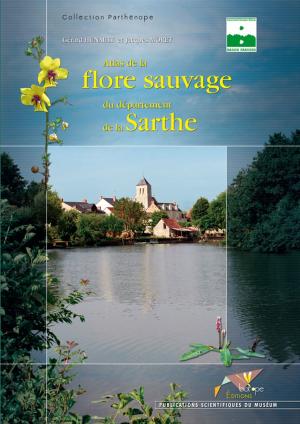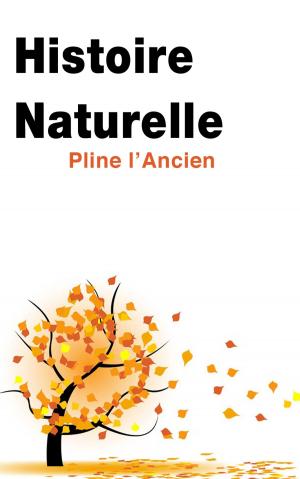| Author: | Francis Parkman | ISBN: | 1230000279422 |
| Publisher: | Boston J. E. Tilton And Company | Publication: | November 11, 2014 |
| Imprint: | Language: | English |
| Author: | Francis Parkman |
| ISBN: | 1230000279422 |
| Publisher: | Boston J. E. Tilton And Company |
| Publication: | November 11, 2014 |
| Imprint: | |
| Language: | English |
Example in this ebook
It is needless to eulogize the Rose. Poets from Anacreon and Sappho, and earlier than they, down to our own times, have sung its praises; and yet the rose of Grecian and of Persian song, the rose of troubadours and minstrels, had no beauties so resplendent as those with which its offspring of the present day embellish our gardens. The "thirty sorts of rose," of which John Parkinson speaks in 1629, have multiplied to thousands. New races have been introduced from China, Persia, Hindostan, and our own country; and these, amalgamated with the older families by the art of the hybridist, have produced still other forms of surpassing variety and beauty. This multiplication and improvement are still in progress. The last two or three years have been prolific beyond precedent in new roses; and, with all regard for old favorites, it cannot be denied, that, while a few of the roses of our forefathers still hold their ground, the greater part are cast into the shade by the brilliant products of this generation.
In the production of new roses, France takes the lead. A host of cultivators great and small—Laffay, Vibert, Verdier, Margottin, Trouillard, Portemer, and numberless others—have devoted themselves to the pleasant art of intermarrying the various families and individual varieties of the rose, and raising from them seedlings whose numbers every year may be counted by hundreds of thousands. Of these, a very few only are held worthy of preservation; and all the rest are consigned to the rubbish heap. The English, too, have of late done much in raising new varieties; though their climate is less favorable than that of France, and their cultivators less active and zealous in the work. Some excellent roses, too, have been produced in America. Our climate is very favorable to the raising of seedlings, and far more might easily be accomplished here.
In France and England, the present rage for roses is intense. It is stimulated by exhibitions, where nurserymen, gardeners, landed gentlemen, and reverend clergymen of the Established Church, meet in friendly competition for the prize. While the French excel all others in the production of new varieties, the English are unsurpassed in the cultivation of varieties already known; and nothing can exceed the beauty and perfection of some of the specimens exhibited at their innumerable rose-shows. If the severity of our climate has its disadvantages, the clearness of our air and the warmth of our summer sun more than counterbalance them; and it is certain that roses can be raised here in as high perfection, to say the very least, as in any part of Europe.
To be continue in this ebook...............................................................................................................
Example in this ebook
It is needless to eulogize the Rose. Poets from Anacreon and Sappho, and earlier than they, down to our own times, have sung its praises; and yet the rose of Grecian and of Persian song, the rose of troubadours and minstrels, had no beauties so resplendent as those with which its offspring of the present day embellish our gardens. The "thirty sorts of rose," of which John Parkinson speaks in 1629, have multiplied to thousands. New races have been introduced from China, Persia, Hindostan, and our own country; and these, amalgamated with the older families by the art of the hybridist, have produced still other forms of surpassing variety and beauty. This multiplication and improvement are still in progress. The last two or three years have been prolific beyond precedent in new roses; and, with all regard for old favorites, it cannot be denied, that, while a few of the roses of our forefathers still hold their ground, the greater part are cast into the shade by the brilliant products of this generation.
In the production of new roses, France takes the lead. A host of cultivators great and small—Laffay, Vibert, Verdier, Margottin, Trouillard, Portemer, and numberless others—have devoted themselves to the pleasant art of intermarrying the various families and individual varieties of the rose, and raising from them seedlings whose numbers every year may be counted by hundreds of thousands. Of these, a very few only are held worthy of preservation; and all the rest are consigned to the rubbish heap. The English, too, have of late done much in raising new varieties; though their climate is less favorable than that of France, and their cultivators less active and zealous in the work. Some excellent roses, too, have been produced in America. Our climate is very favorable to the raising of seedlings, and far more might easily be accomplished here.
In France and England, the present rage for roses is intense. It is stimulated by exhibitions, where nurserymen, gardeners, landed gentlemen, and reverend clergymen of the Established Church, meet in friendly competition for the prize. While the French excel all others in the production of new varieties, the English are unsurpassed in the cultivation of varieties already known; and nothing can exceed the beauty and perfection of some of the specimens exhibited at their innumerable rose-shows. If the severity of our climate has its disadvantages, the clearness of our air and the warmth of our summer sun more than counterbalance them; and it is certain that roses can be raised here in as high perfection, to say the very least, as in any part of Europe.
To be continue in this ebook...............................................................................................................















